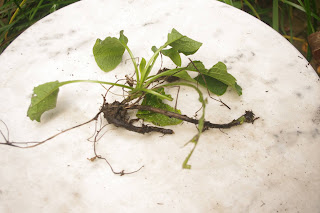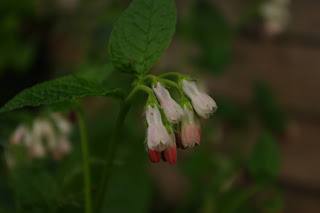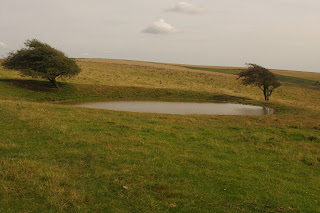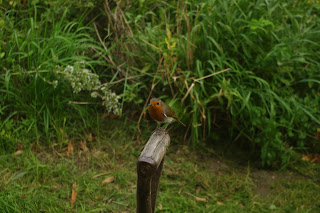I went up on the Downs today. I caught a train to Hassocks at the foot of the South Downs then walked a stretch of the South Downs Way eastwards to Lewes. Nicely autumnal, sunny/cloudy with a gentle breeze.
Much of the Downs is chalk grassland grazed by sheep and to a lesser extent cattle. Dew ponds are dotted around the landscape; many of them are ancient but still functioning as water sources for livestock.
Abstract shapes are formed where the undulating slopes of the Downs have been cultivated for crops.
Chalk grasslands are carpeted with wildflowers in spring and summer. The nutrient poor soil is none the less a rich source of species adapted to those conditions. By this point in the year the majority of plants have flowered and gone to seed. One exception is Wild Marjoram (Origanum vulgar). I saw a great deal of it growing through the corse grasses.
All in all a great day. I haven't been for many 'rural rambles' in the past eighteen months. It was fantastic to be on a hike, albeit a day hike. The weather was clement and the air wonderfully fresh at that elevation blowing in from the coast. Indeed I got a glimpse of the sea towards Brighton and the Seven Sisters. The land, the sky, the sea- that's the ticket.
Lewes is a nice little town. I lingered there for a couple of hours with some fish and chips and a pint of beer before catching a train back to London.









































